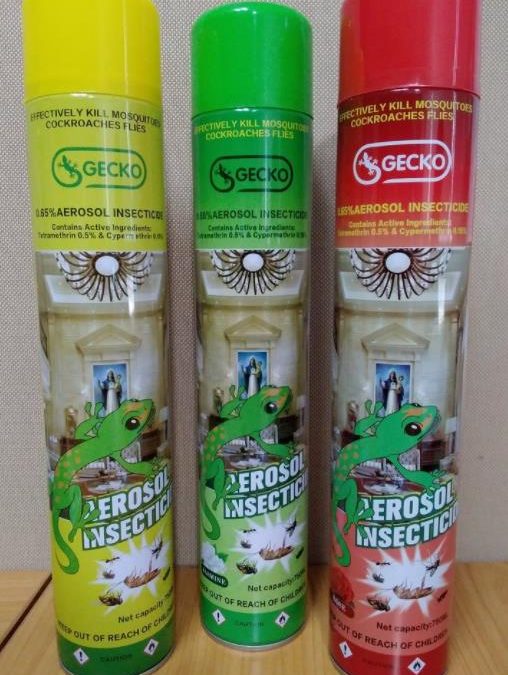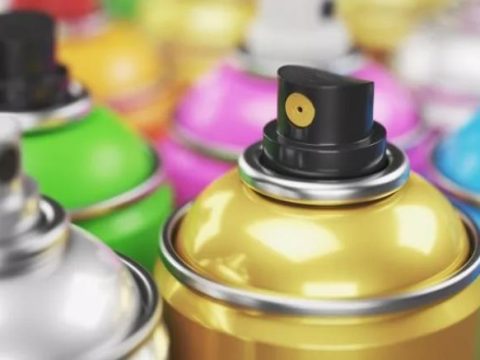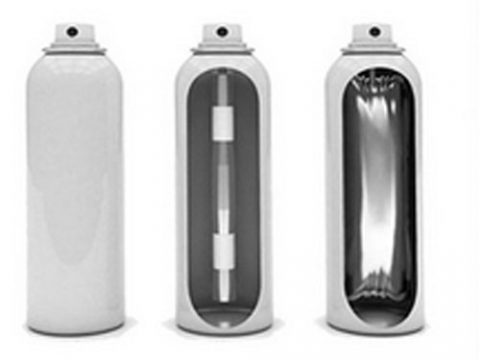Insecticide Aerosol Filling Trends – Hint from US Insecticide Industry

The “confrontation” of aerosol cans and COVID-19 pandemic
October 26, 2021
UK Aerosol Aluminum Can Recycling Keeps Rising
October 28, 2021Recently, an aerosol magazine interviewed the chemical team technicians of an insect control solution company. As a synthetic chemist, the interviewees have joined the insecticide industry since 15 years ago and have a deep understanding of the insecticide industry in the United States. So what is the current development trend of the insecticide industry in the United States and what are the challenges for its follow-up development?
What are the classifications of insecticide aerosol series?
Aerosols have been an important part of our product portfolio for decades. The product range is divided into six basic categories: reptiles, flying insects, wasps and wasps, fleas and ticks, lawns and gardens, sprayers (total release system). These categories are further subdivided into different product types: consumer and professional products, water and oil-based products, and other forms of delivery, such as bag valves (BOVs).
Our company sells insect control products around the world in many industries, including professional pest control, household and pet consumer goods, animal health and crop protection. We sell brand products and finished products. Through the secondary registration process, we allow external marketers to sell our products under their own brand.
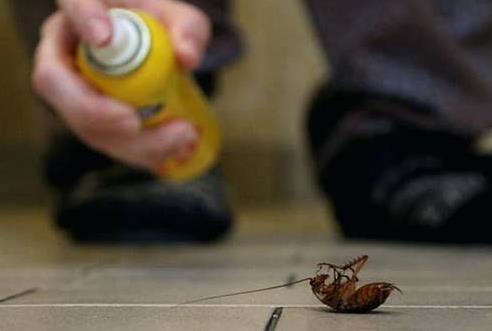
Does COVID-19 affect your aerosol products and the whole industry?
Due to its diversified product portfolio and services, our company was hardly affected in the epidemic. Hotels and restaurants have been closed, and the demand for our products has only shifted from business to personal residence. People spend more time at home and pay more attention to insects than ever before, so the demand for related insecticide products has increased.
Why is the form of aerosol suitable for insecticides?
The form of aerosol allows the efficacy of insecticides to be better released. Flying insects are not affected by specific particle size liquid spray. Aerosol spraying ensures that the active ingredients reach insects in the air. If the user must be in close contact with the nest, controlling wasps and bumblebees is a safety hazard, and aerosol provides the opportunity to spray the nest accurately from 20-30 feet away. Aerosol sprayed with foam liquid is particularly useful for cracks or areas hard to see.
Generally speaking, aerosol is a complete formula, and only a small amount is required for end users. The use of insecticides in the form of canned aerosol eliminates the risk of users’ proportioning and measurement.
What changes (if any) are expected in the aerosol insecticide industry in the next five years?
Most of the changes in our industry are determined by the changing regulatory environment. In the United States, efforts have been made to reduce the content of volatile organic compounds in aerosol products. During my 15 year career in the company, we have seen many changes in the limit values of volatile organic compounds in several categories.
Recently, the crawling insect killer category has been reviewed. The proposed and potentially approved change is to reduce VOCs from 15% to 8%. This substantial improvement in standards poses many challenges to chemists of aerosol formulations.
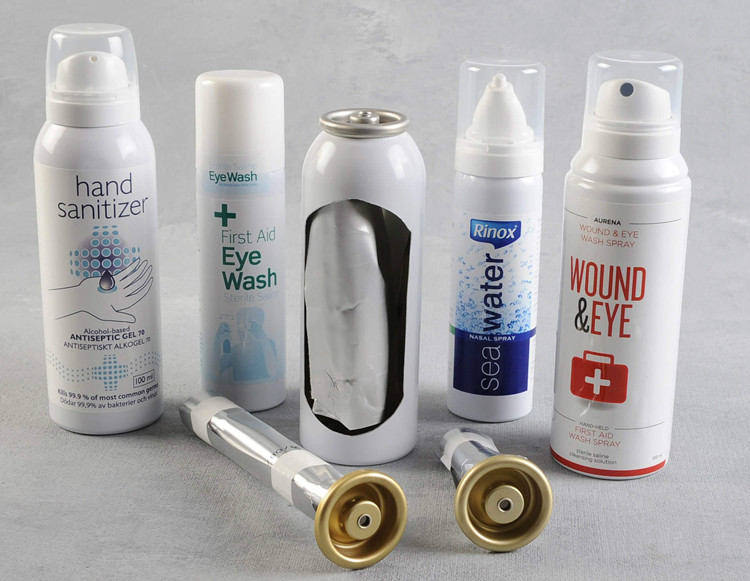
Under the increasingly strict supervision, how to deal with these environmental standards?
Stricter standards mean the improvement of canning technology. The products originally packaged with ordinary aerosol filling equipment may need to switch to Bag on Valve filling more quickly, and actively improve the VOC emission standard to avoid being passive in the future. Of course, the upgrading of propellant can also be explored, but the ultimate solution is still the use of BOV filling technology.

